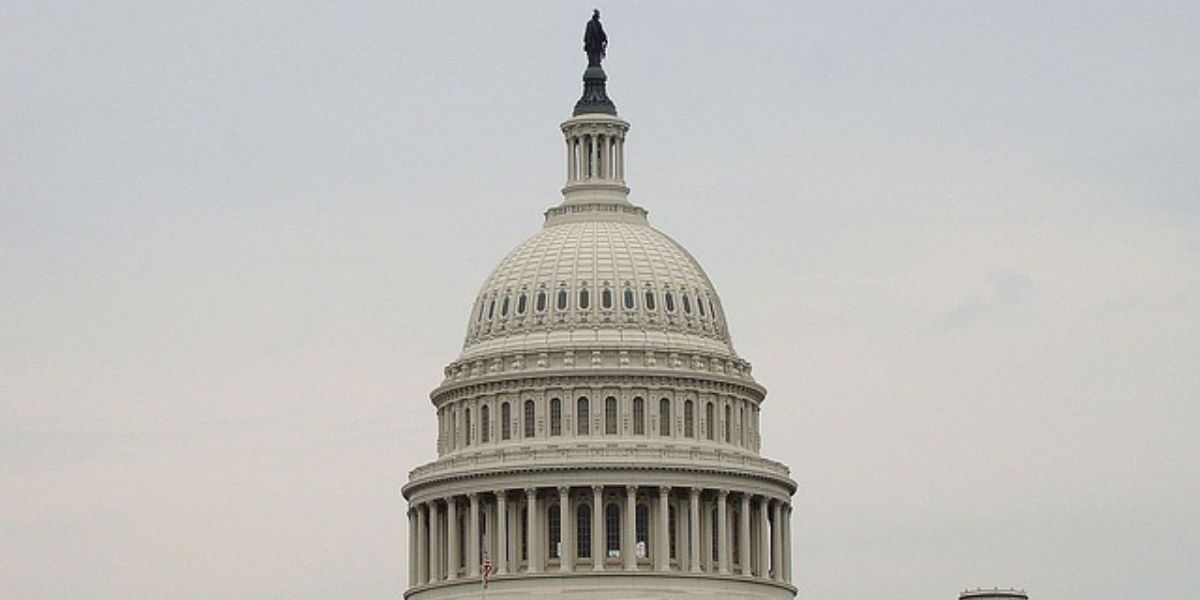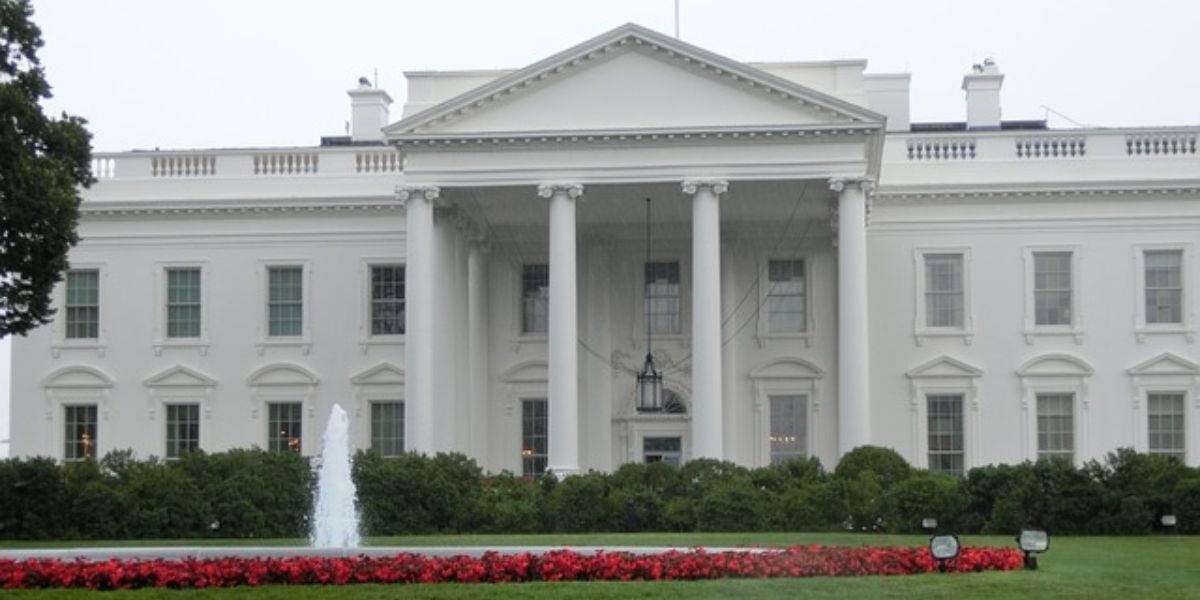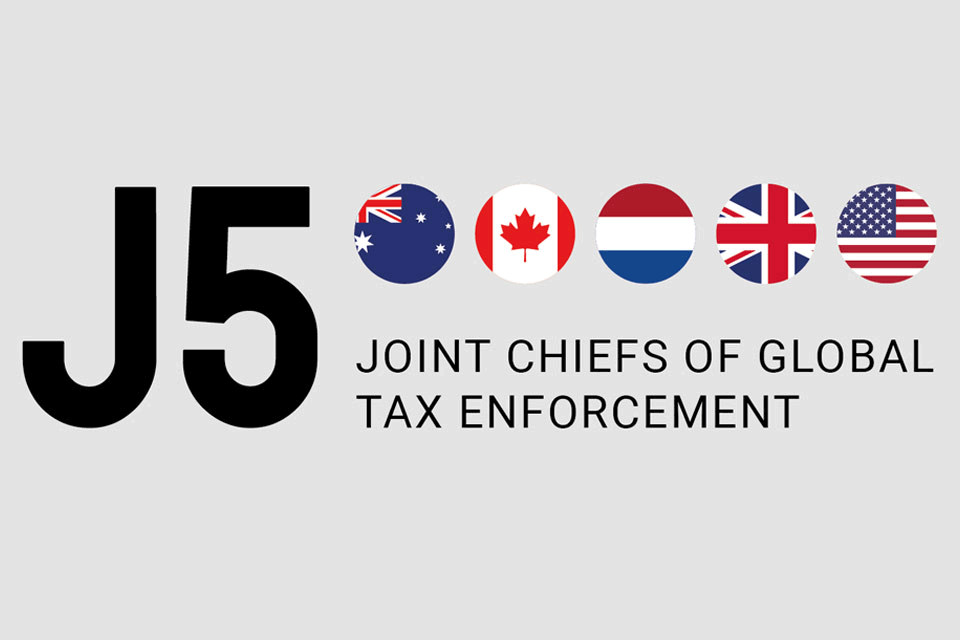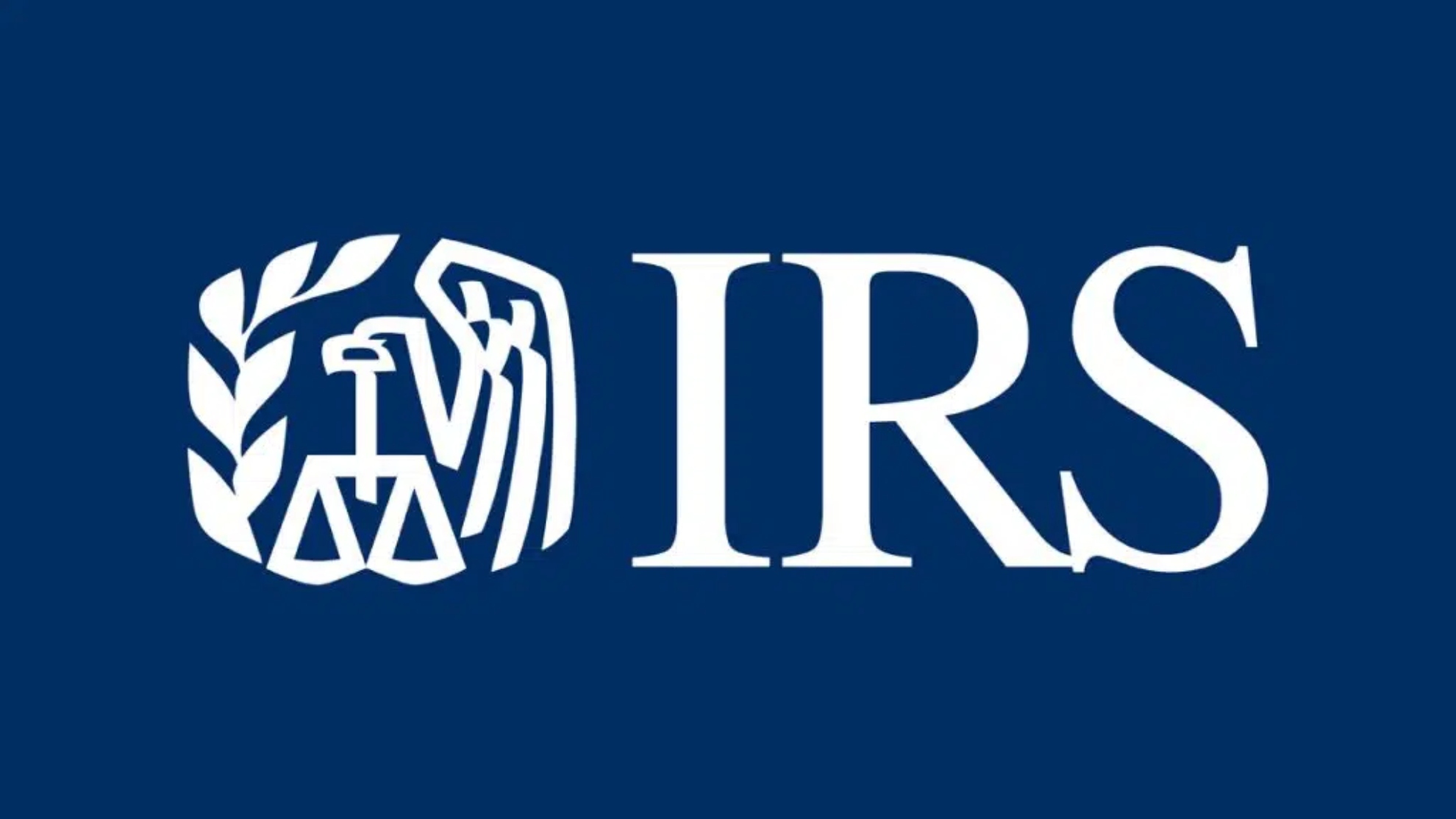The Trump Administration’s latest tariffs are reshaping global trade policies and pushing multinational corporations (MNCs) to revise their transfer pricing policies.
US President Donald Trump’s latest tariffs, including a 104% levy on Chinese electric vehicles and a 10% tariff on all imports, have reshaped global trade policy, forcing multinational corporations (MNCs) to adjust their transfer pricing (TP) policies.
Tariffs disrupt transfer pricing models for limited-risk distributors and contract manufacturers with fixed margins, leading to unexpected losses. Such losses can undermine the sustainability of existing transfer pricing policies, potentially causing them to violate the arm’s length principle. If left unaddressed, this increases the risk of audits and penalties for MNCs.
The current economic climate is disrupting transfer pricing benchmarking, as historical comparables no longer align with the new tariff-driven cost structures.
Benchmarking is key to determining how independent parties share costs in similar transactions. By analysing real-world data, companies can set a profit margin that fits within the interquartile range of comparable market deals. Adjustments for inventory costs, currency shifts, and margin compression are crucial, alongside localised strategies to address varying tariff impacts.
In such situations, MNCs should use a mix of structural and documentation-based strategies to reduce risk and stay compliant.
These are as follows:
- Review intercompany agreements and reassess the functional profiles of entities affected by tariffs. If feasible, consider shifting to full-risk or entrepreneurial models.
- Explain the reasons for pricing policy changes, including how tariffs have affected business operations and costs.
- Use advance pricing agreements (APAs) to maintain stability in volatile jurisdictions and address profitability changes proactively.
- Adjust pricing models and policies to account for tariff-related costs. This may involve revising profit allocations or updating arm’s length ranges.
- Establish a recurring review process to adapt to policy changes, supply chain shifts, and evolving audit expectations.
- Collaborate across customs, tax, and legal teams to ensure consistent compliance and consistency between customs valuation and TP reporting to avoid audit issues.















